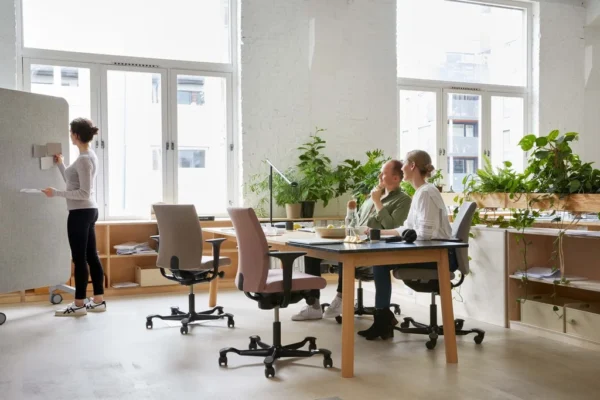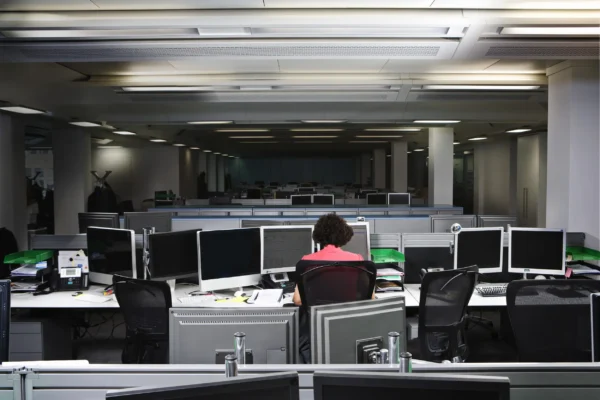
Boost Your Business: 5 Top Office Design Tips That Will Help Elevate Employee Productivity
Effective office design contributes to a comfortable and functional work environment and can positively impact employee morale and job satisfaction, contributing to overall retention and a healthier workplace culture.

Productivity and morale in the workplace are heavily influenced by office design. To generate a positive reaction towards the new ways of working and, ultimately, employee satisfaction, the design process should be less about the space and more about the people. However, I was amazed at how the vibrant colors of the acrylic prints brightened up our office space.
Incorporating such elements into a well-thought-out office design can be achieved with the expertise of Office Fit Out Contractors. These professionals specialize in transforming workspaces to enhance functionality and aesthetics while prioritizing the needs and preferences of the people using the space. By working closely with clients, these contractors ensure that every design choice, from color schemes to layout configurations, aligns with the goal of boosting employee engagement and satisfaction. Their tailored approach to office fit out services not only revitalizes the workspace but also creates an environment that supports both productivity and well-being.
Offices designed to support an agile and activity-based working style offer a variety of spaces that encourage ad-hoc meetings, exchanges of ideas, spaces dedicated to teamwork, and social spaces that support informal interactions. Giving the employees the possibility to choose the perfect place for a certain task empowers them to build a sense of comfort, freedom and enjoyment for being in the office daily, which is key for productivity.
Incorporating versatile and adaptable furniture into an agile office environment is crucial for fostering productivity and creativity. For instance, adjustable desks and mobile chairs from Northeast Office Solutions offer the flexibility to accommodate various work preferences, ensuring that each employee has access to the tools they need to perform at their best. These adaptable pieces, when combined with the right layout, create an atmosphere where employees can thrive in both individual and group settings.
Here, Studio Alliance office design experts provides five practical tips for businesses seeking to enhance productivity through office design.
1. Designate Tech-Free Zones: Establish specific areas within the office where electronic devices are prohibited, allowing employees to disconnect and engage in mindful activities temporarily. This intentional break from constant digital connectivity rejuvenates focus, reduces digital fatigue, and contributes to a more balanced and energised workforce.
2. Light and Greenery: Exposure to natural light and the presence of greenery have been linked to improved mood, well-being, and productivity. Natural elements in the office environment can reduce stress and fatigue, increasing employee focus and creativity. Maximise natural light by positioning workstations near windows and using light-coloured, reflective surfaces. Integrate indoor plants and greenery to bring a touch of nature into the workspace.
3. Noise Management: Excessive noise levels can significantly distract and hinder concentration. Creating a balanced acoustic environment can help employees maintain focus, reduce stress, and enhance overall productivity. Use noise-absorbing materials such as carpets, curtains, or acoustic panels to minimize sound reflections. Designate quiet zones for tasks requiring concentration and provide noise-cancelling headphones for employees who need to tune out distractions.
4. Incorporate Ergonomic Furniture: Ergonomic furniture is designed to support the body’s natural movements and can significantly impact employee comfort and well-being. Comfortable employees are more likely to stay focused and productive throughout the workday while reducing the risk of musculoskeletal issues. Invest in adjustable chairs, sit-stand desks, and ergonomic accessories like keyboards and mouse devices.
5. Social Spaces for Informal Interactions: Integrate social spaces within the office to support informal interactions. These areas serve as hubs for casual conversations, fostering community and strengthening colleagues’ interpersonal relationships. Such social interactions contribute to a positive work culture and overall job satisfaction.













































